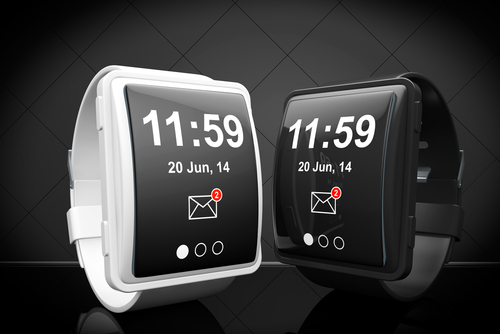
Wearable computing has been hailed as the next big thing in the mobile revolution, but don’t expect it to be widely embraced by enterprises anytime soon.
“It’s still in the cool factor stage,” said Clarence So, executive vice president of mobile strategy at Salesforce. “The adoption is not enterprise-wide, but we’ve seen some specific use cases”.
He cited examples such as push notifications on smart watches to inform employees about tasks that require urgent action in a discrete manner, like approving requests during meetings.
Remote service technicians such as oil rig workers can also use apps that work with smart glasses to view live data, review plans for the equipment they are fixing and share what they are seeing with co-workers.
According to So, wearables will be more widely accepted by enterprises if their productivity benefits outweigh their costs, as is the case with smartphones. Companies, for example, are buying smartphones for employees so they can be more productive in responding to customer e-mails.
“The tipping point would be when the business value of wearables becomes super obvious,” So told Techgoondu in an interview. As an example, using smart glasses to fix an aircraft would make sense, since any downtime would cost an airline hundred of thousands of dollars an hour, he said.
“I’m not convinced that wearables has gone mainstream,” he said. “But if you can fix something faster, it’s worth buying them for everyone.”
Salesforce wants to be part of the action when that happens. In June, it launched a set of developer tools dubbed Salesforce Wear that lets software makers create apps for wearable devices from companies such as Oculus Rift, Jawbone, Epson, Fitbit, Pebble, Philips and Samsung.
The wearable apps are powered by the Salesforce1 platform, which received a boost this week with Lightning, a software tool kit that lets enterprises build mobile apps quickly using pre-built components such as search and navigation.
According to research firm Gartner, wearable apps will make up 50 per cent of all mobile apps by 2017.





